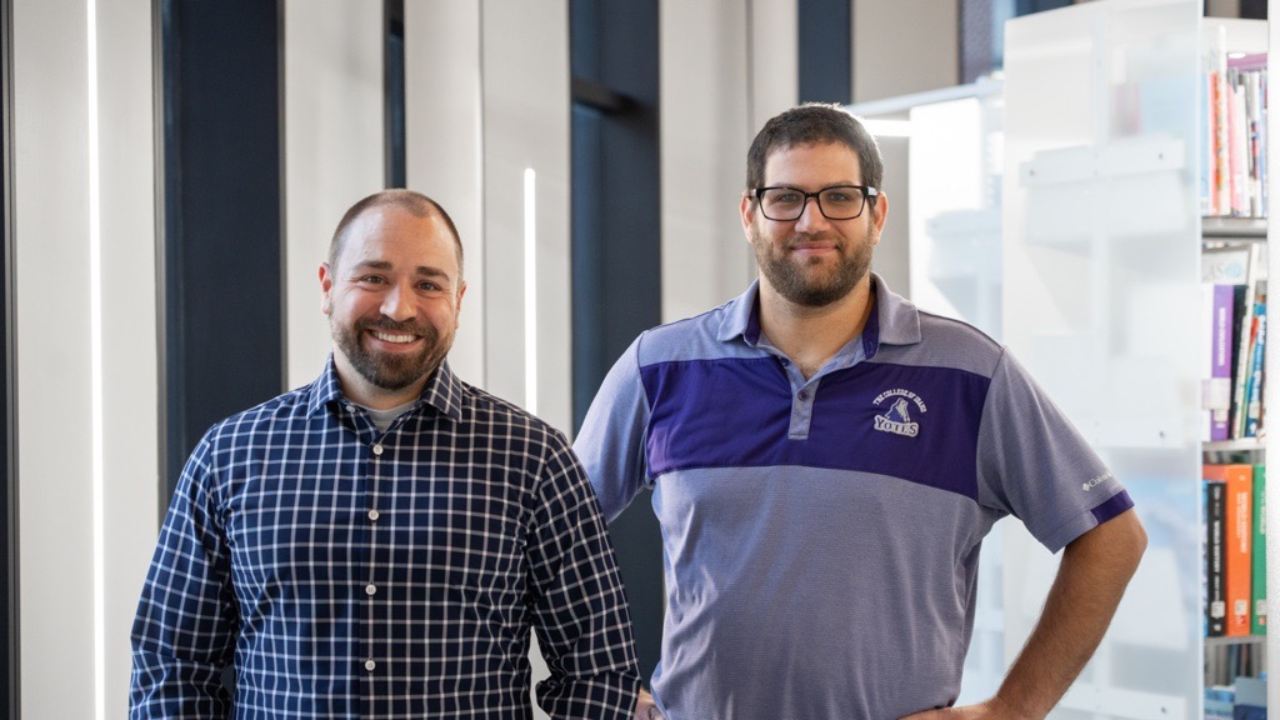
Artificial intelligence is reshaping many aspects of modern life, and education is no exception. At The College of Idaho, we see both tremendous opportunity in using these new tools to enhance our pedagogy and a need to train students in how to use generative AI effectively and efficiently. AI systems like ChatGPT and Google Gemini now offer study modes which allow students to engage with material in dynamic and personalized ways, and products like NotebookLM provide students a new way of organizing and querying their notes and course materials. Used well, AI can serve as a powerful productivity enhancer and an intelligent study partner—one that adapts to meet students where they are and helps them master the material more effectively. And while the future is uncertain, it is likely the employers will prioritize hiring graduates who have the skills to leverage AI to be more productive.
However, the same technology that can deepen understanding can also become a shortcut that undermines it. The College of Idaho’s mission emphasizes cultivating critical thinking, creativity, and independent reasoning within our students so that they are prepared to thrive and overcome any challenges the future may present. These are skills that no algorithm can replace. Yet to master these skills, one must build on a foundation of more basic competencies, ones that Generative AI is frequently good at, making it both easy and tempting for students to use AI as a shortcut. When students choose to use Generative AI to replace their own thinking, they risk handicapping themselves in their future learning.
Dr. Joel Gladd at the College of Western Idaho[1] provides two principles that we believe are helpful in guiding AI use in the classroom. The first is called the Cognitive Dimension and states that AI should never be used to replace or reduce a student’s thinking. Students should not forget that the real product of course assignments is not the deliverable (e.g. essay, lab report, problem set) requested by their professor but the knowledge that they gain from producing them. While AI can help students create these deliverables more quickly, it should not be used to compromise the quality of their learning. The second is the Ethical Dimension which states that students should be transparent about their AI use. When possible, students should cite where and how AI is used and ensure it complies with the policies for that course and for the school. As we navigate this evolving landscape, our challenge—and our opportunity—is to teach students how to harness AI ethically and effectively, ensuring that technology remains a tool in service of learning, not a replacement for it.
The future of AI remains uncertain. The technology is still incredibly new and rapidly evolving with answers to questions regarding how best to use AI evolving with each technological advance. While this future remains uncertain, we at The College of Idaho will continue to adapt our teaching and ethical guidelines alongside these advances and the liberal arts education that is core to the College of Idaho mission equips students with the critical thinking skills necessary to adapt to this uncertain future.
For Reference only: Course Policies related to ChatGPT and other AI Tools – Google Docs